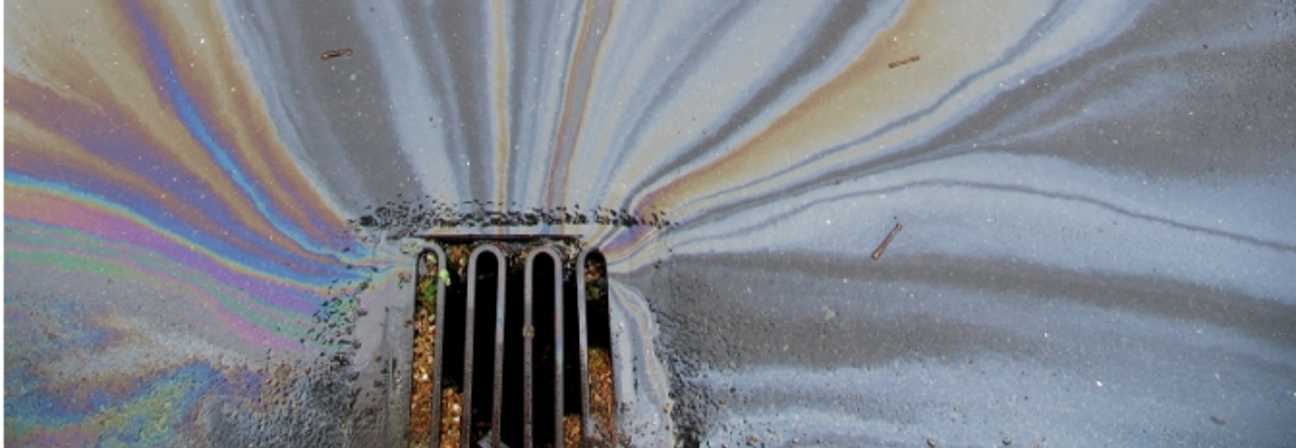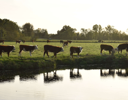The Storm Drain Connection
When water flows across our lawns, driveways, and roads (rain, melting snow, etc.) it picks up fertilizers, pet waste, engine oil, and more. It’s called stormwater runoff and the pollutants it carries are transported straight to our streams, rivers, and lakes. No filters. No treatment. The storm drain system flows directly to our local waterways. This differs from the sanitary sewer system that your house is connected to, where wastewater is sent to a treatment plant. Even soil can be considered a pollutant when excess sediment washes into the storm drain and clouds up our waterways.
Stormwater runoff is a major cause of water pollution in our nation’s waterways, and one that is extremely difficult to regulate. We all contribute to pollutants in runoff, and we can all help protect our water quality.










